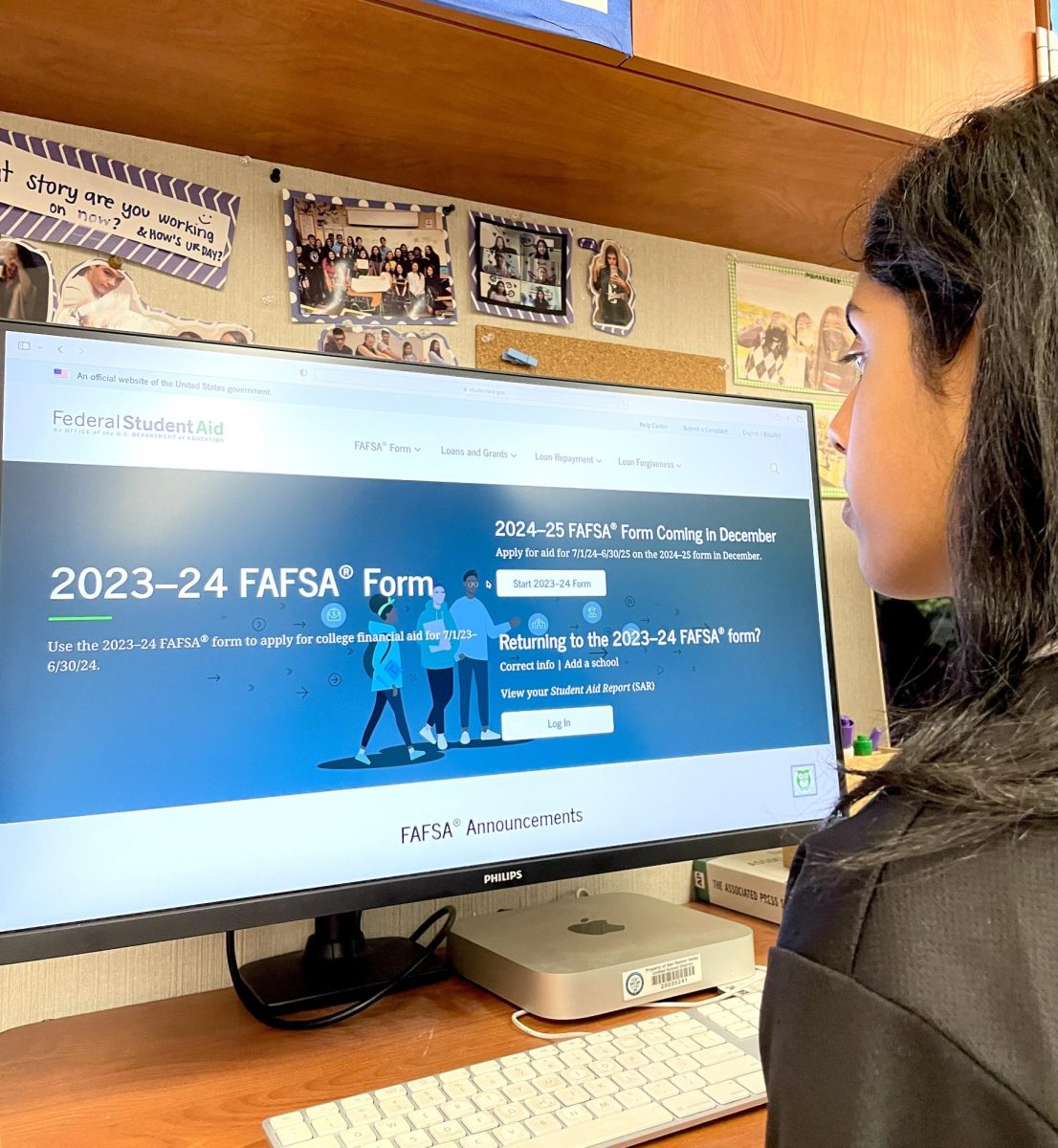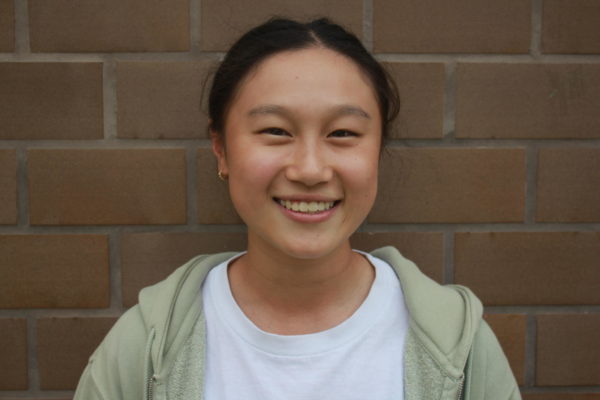With 86% of students from the recently graduated class of 2023 at Dougherty Valley (DV), the 19th ranked school in the state of California, attending a 4 year college or university and 14% of which are attending a 2 year college or university, available financial aid and merit-based scholarships play an important factor to where these alumni ultimately decide to study due to the high expenses of college tuition.
There is no set income limit for eligibility to qualify for financial aid, however, as a middle-class populated community, most DV students find difficulty in receiving financial aid to support their journey to college.
Cultural anthropologist and professor at New York University, Caitlin Zaloom, explained how many middle-class families face the struggle of paying for college. She stated how middle-class families tend to make more than the amount needed to qualify for the federal grants reserved for low-income families, but, “not enough to pay for college outright.”
In the San Ramon area, the median household income is $137k, which doesn’t allow them to qualify for many popular need-based financial aids for college tuition such as College Scholarship Service (CSS) Profile, an aid for students with a family income of less than 100k per year.
Despite their few available opportunities for financial aid, Zaloom described how middle class families will go through any means possible to pay for such costs from raiding retirement funds to taking on second jobs.
Tuition is the cost for solely the instruction at school and doesn’t include the cost of living and other expenses needed to attend college. For one year, the tuition of public colleges can range from $10k to $26k for 4-year institutions, while the annual tuition of private colleges can range from $18k to $62k.
To help with these tuition costs, there are Cal Grant Programs, California-specific financial aid allocations that don’t need to be paid back, which are available every year for undergraduate students. These programs are for students attending Private Universities, State Universities or Community Colleges within California.
One such program is the CA Dream Act Application (CADAA), which enables students who are unable to qualify for the federal government’s financial aid to receive state financial aid instead. Students can apply to CADAA if they have a valid or expired Deferred Action for Childhood Arrivals, are U Visa holders, have a Temporary Protected Status or are undocumented.
If students aren’t eligible for CADAA, most apply to the Free Application for Federal Student Aid (FAFSA), which determines students’ federal aid eligibility based on their responses on the FAFSA form, verified Cal Grant GPA and type of California colleges on students’ application list. This means the average family income price ranges for qualified students change every year.
The EFC that was used to determine students’ eligibility for federal student financial aid will be replaced with the Student Aid Index (SAI), focusing on the student’s situation individually rather than the family’s income and finances as a whole.
Although this rendition was made to increase the benefits for students, the SAI could make it more challenging for families with multiple children pursuing higher education to afford college fees, since 46.6% of students “will experience a decrease [in a grant] from EFC to SAI of $1,000 to $2,500.”
Despite this challenge, the new Pell Grant eligibility requirements for the 2024-2025 FAFSA application may be beneficial for 42.9% of the previously ineligible applicants to qualify for the aid.
DV alumnus Sofia Rivera speaks of her experience with FAFSA. She recently graduated from the class of 2023 and is currently studying biology on a pre-med track at the University of Alabama. Rivera qualified for FAFSA but rejected their offer since for her situation, she was given a loan rather than a grant. “I didn’t want that kind of financial stress,” Rivera expressed.
Instead she qualified for the Foundation in Excellence Scholarship which covers $15,000 of her tuition. She explained how this academic scholarship had different tiers based on the different colleges. “I’d say the defining factor between those tiers is definitely GPA and just the activities that you put on your resume,” Rivera advised.
Similarly, another DV alumnus, Lauren Chen, qualified for Chapman’s Presidential Scholarship which covered close to half of her college tuition. She was also one of eight students awarded with a one time $2,000 private scholarship through an essay and an interview selection offered by PGE’s Asian student organization.
Chen explained how these opportunities played a vital role in determining in which college she would study. “When I made my final decision, Chapman was definitely a front runner because of the scholarship that I was given,” Chen continued. “Of course, there were other reasons [but] after seeing [these] included opportunities and perks that they were able to provide as a private school, it seem[ed] like it was more worth it.”
After applying and qualifying for these scholarships, Chen gave her own tips for students currently applying for college. She explains that it’s always a good idea to apply for merit based scholarships to help ease the financial burden of college tuition.
On the other hand, DV alumnus Olivia Phongsa who is currently attending UC Berkeley received no financial aid or scholarships, and she also did not qualify for FAFSA. As a California resident, she received the in-state tuition cost of $23k per year, which can still vary between students.
Although tuition didn’t play as major of a role compared to other factors in her college decision since her family would still be able to afford her tuition without any aid, Phongsa agreed that applying and attending college requires financial security.
Phongsa didn’t personally receive this scholarship, but she explained how all students who apply for UC Berkeley will automatically be considered for the prestigious Regents’ and Chancellor’s Scholarship. This program selects Berkeley undergraduates who “stand out for their creativity, leadership, service and convictions” and reflect the principle of “commitment to excellence.” Qualified applicants receive multiple benefits, including priority class enrollment, faculty and peer mentorship, funding for research projects, guaranteed housing and either a monetary award or scholarship tenure.
With numerous financial aid and merit-based scholarships available at different schools, it’s pertinent to consider these opportunities before committing to a college.
“It just makes more sense to pick an undergrad [where] you can have good resource[s] for [a] degree that’s still respectable, and you [one where you] don’t have to take out your pockets for it,” Rivera expressed. “At the end of the day, it doesn’t matter where you got your degree from as long as you have one.”






